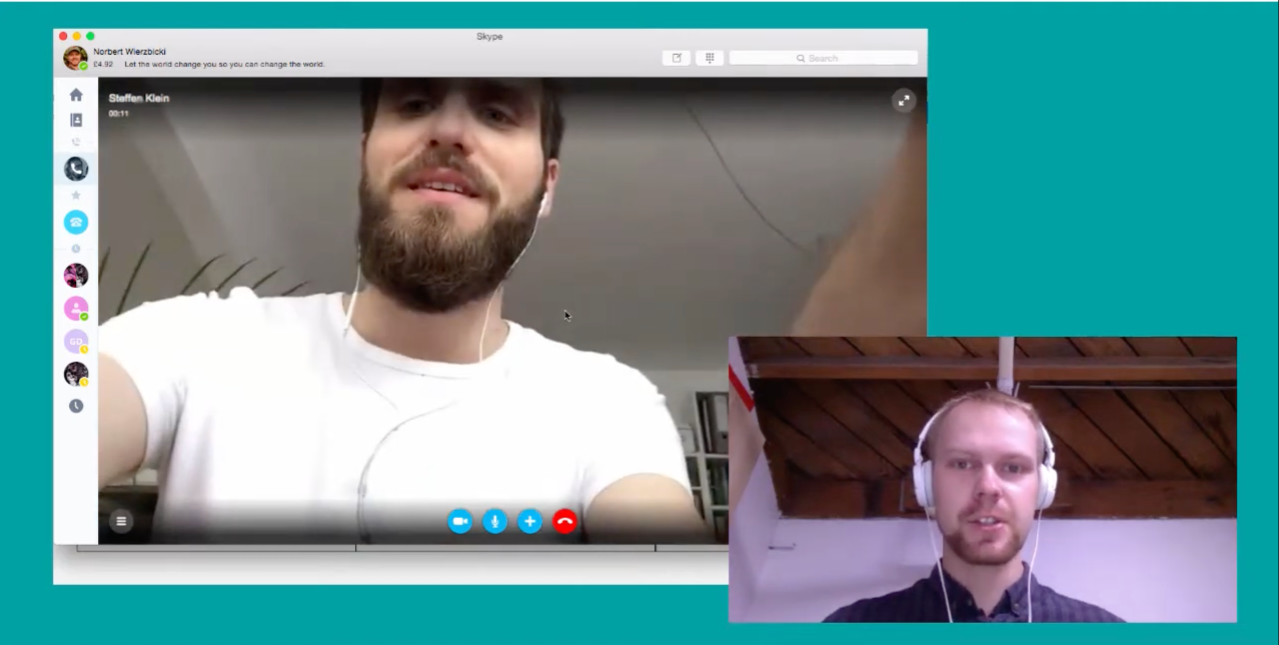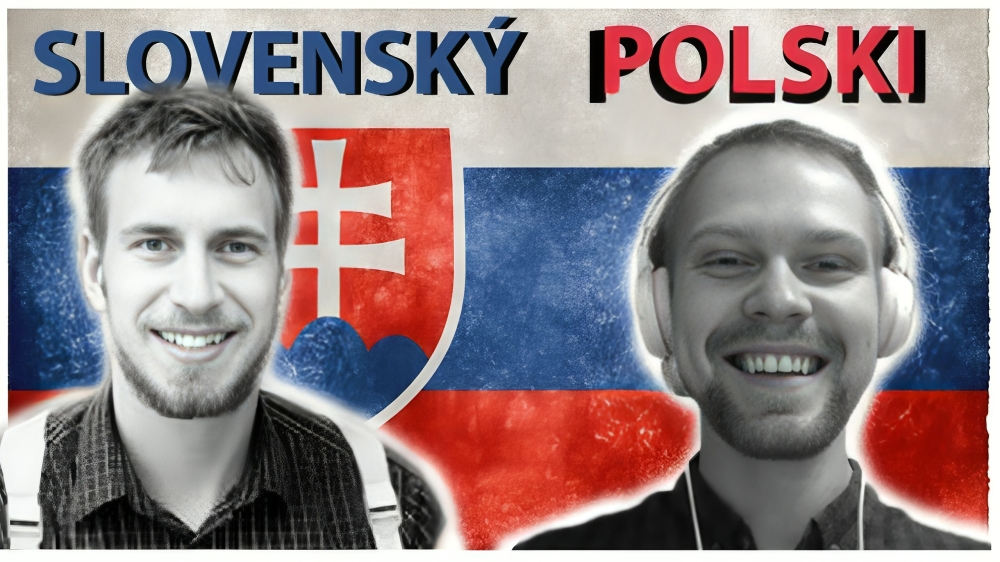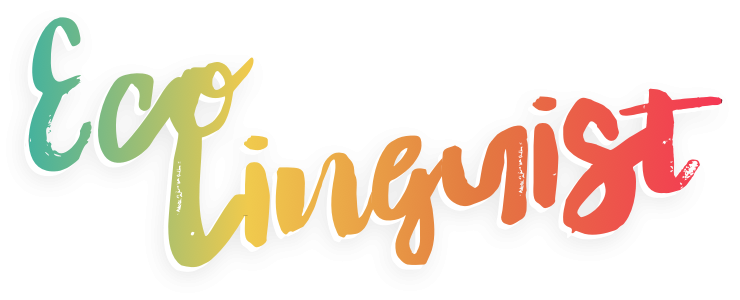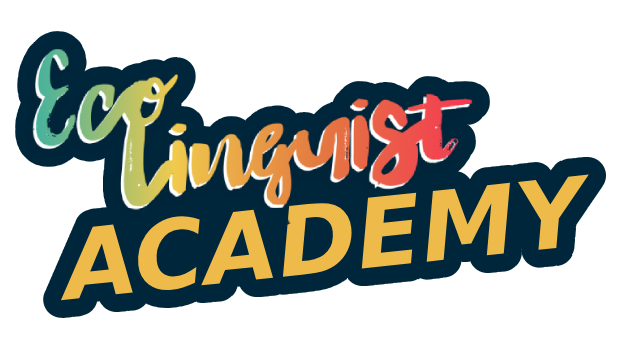Breaking Away from Textbooks
When I started the Mutual Intelligibility Show, I didn’t really think of it as a new genre of language entertainment. It was more of an experiment—a curiosity-driven project. I was fascinated by how much I could understand of other Slavic languages just by listening, and I wanted to test that idea with others. But underneath the fun and games, there was something deeper going on—something that grew out of my years of working with comprehensible input and trying to figure out what actually helps people learn languages.
Back in 2014, when I started teaching on italki, the whole online language learning space felt like the Wild West. Everyone was offering conversation lessons—no grammar, no structure—just talk. I was part of that wave too. It was exciting, and it felt like we were breaking away from outdated, textbook-heavy methods. But over time, I started to notice how much confusion there was between tutors and students. Everyone had their own idea of what “conversation practice” meant. Students would show up expecting magic, and tutors would try to please everyone by offering a bit of everything. It wasn’t working—at least not for me.
CI or DIE!
That’s when I started digging more into language acquisition theory and the concept of comprehensible input—language that’s just slightly above your current level, made understandable through context. Back then, it was a highly popular idea—talked about everywhere, promoted by influencers, expected by students. If you didn’t offer a communicative, CI-based approach, you were seen as a bad tutor—someone upholding a broken system. I took this very seriously and began designing my lessons around this idea.
There was no ready-made solution for this. Everybody knew the theory, but nobody knew how to turn it into sustainable, effective teaching practice. I realized I couldn’t build an entire system around it on my own, so I decided to specialize. I focused on optimizing one-on-one conversation practice sessions and slowly transitioned to working with intermediate students—learners who already had a foundation, and for whom conversation was a supplement to their routines and methods. It was a model that worked well in the environment of low-commitment, flexible bookings.

Recording as a Teaching Tool
During my sessions, I followed CI principles as much as possible—adjusting my speech to the student’s level, using visuals to guide the conversation. Eventually, I started recording sessions so students could review them later as personalized learning materials—comprehensible input made just for them—shaped by their own participation and real-time feedback. It was the kind of content that, until recently, would’ve been impossible to produce—at least not without a full production team. It felt like I was onto something.
But there were limitations. Most students didn’t rewatch the recordings. The videos were too long, too slow, and lacked subtitles. I didn’t have the resources to turn them into polished, usable materials. Still, I was obsessed with the idea of creating input that was personalized, responsive, and grounded in real conversation. I kept working with my students and kept looking for new tools and tech to support this approach.
The Scalability Problem
Even though my system was optimized for intermediate learners, I still attracted a lot of beginners and advanced beginners who wanted to work with me. Having a real conversation for a full hour at that stage was challenging, but I did my best to support them. Still, there was a limitation I couldn’t ignore: the content I was creating was highly personalized and only useful for that one person. To be fair, it was never meant to be a video course—it was more of an experiment to see if this kind of material could actually support learning in a meaningful way.
But I couldn’t stop thinking about it: How could I improve this approach? How could I make it sustainable? How could I turn personalized CI into something that scales? I was particularly interested in solving this for complete beginners, since there are so few CI-based resources for them. It’s incredibly hard to implement comprehensible input at the beginner stage. Some people manage to do it, but it’s rarely scalable.
Mutual Intelligibility: A New Source of CI?
That’s when mutual intelligibility came into the picture.
As a Polish speaker, I always found it fascinating how much I could understand when I listened to Czech, Slovak, or Ukrainian—without ever having studied them. And at some point, I started wondering: could this overlap between related languages be used as a source of comprehensible input? Could we generate useful, semi-understandable content by simply putting speakers of related languages in a room together and letting them talk?
Of course, this doesn’t work with just any language pair—but as someone who grew up fascinated by how familiar other Slavic languages sounded, and as a learner of a less commonly studied language (Hungarian), I saw it as an idea worth exploring. Especially for people who want to learn the languages of their neighbouring countries or explore languages from the same language family as their own. It’s a niche, yes—but a meaningful one.
We—especially as non-native English speakers—are used to learning "big" languages like English or French, which are often very different from our own. The methodology for learning languages that are structurally or historically close to our native tongues is often overlooked or underdeveloped.
The First Experiment
The question was: how do I explore this if none of my students at the time were Slavic language speakers or particularly interested in this topic? So the idea stayed on the back burner—waiting for the right moment, or the right person to try it with.
Then, in 2016, a polyglot friend talked me into going to the Polyglot Gathering in Thessaloniki, Greece. First time at this sort of event, I met a lot of language geeks—including Ladan, a heritage Slovak speaker, who got on board with the idea. We recorded a session just for fun—no script, no particular plan, just two people talking across languages. The quality was bad, the subtitles were non-existent, but something about it resonated. A few hundred views turned into passionate comments and requests for more.

From Experiment to Show
From there, it grew. Slowly, and not always consistently, but the response from viewers kept me going. At some point, it turned into a full-on YouTube format—a kind of edutainment for language lovers that hadn't existed before. And while it may not be obvious when you watch an episode, the whole thing is deeply rooted in my obsession with comprehensible input. It’s just not delivered in a traditional format.
The success of the show made me shift my focus and put the idea of building a full methodology on hold. The idea stopped being about teaching a language directly. It became about exploring how far people can get by relying on what they already know—by leaning into the overlap. And more importantly, it became about celebrating connections between speakers of different languages and uncovering shared history.
Still, the show continued to highlight how real-time interaction creates space for understanding. When people try to communicate across related languages, they naturally adjust. They slow down. They clarify. They gesture. They negotiate meaning. That process is, in itself, a goldmine of comprehensible input.
Where It’s Going Now
So if you’ve ever watched the Mutual Intelligibility Show and thought, “This is fun, but what’s the point?”—that’s the answer. It’s a long experiment in real-time, unscripted, responsive input. And now, years later, I’m building Ecolinguist Academy to take that experiment to the next level—to finally create the infrastructure, tools, and methodology that can support this idea and make it usable for learners who want more than just entertainment.
Thanks for watching, reading, and being part of this strange little language journey with me.
Latest from the blog
About the author
Norbert Wierzbicki



